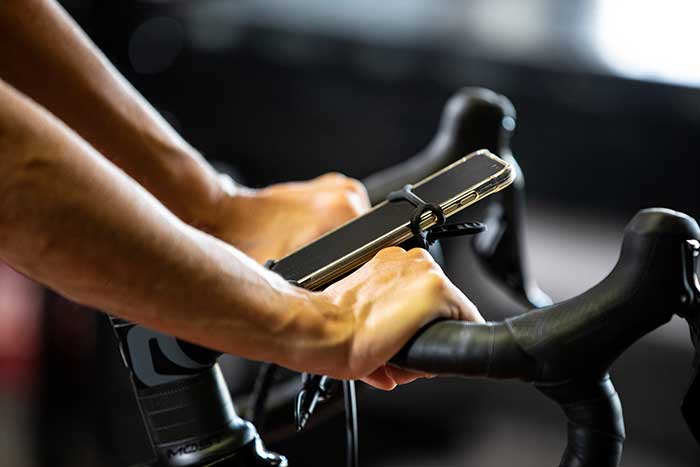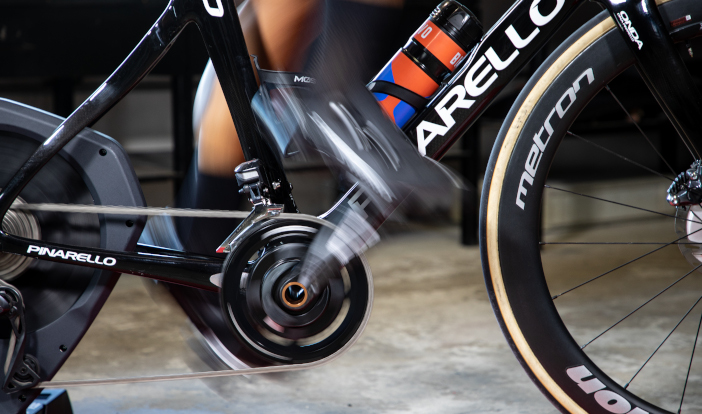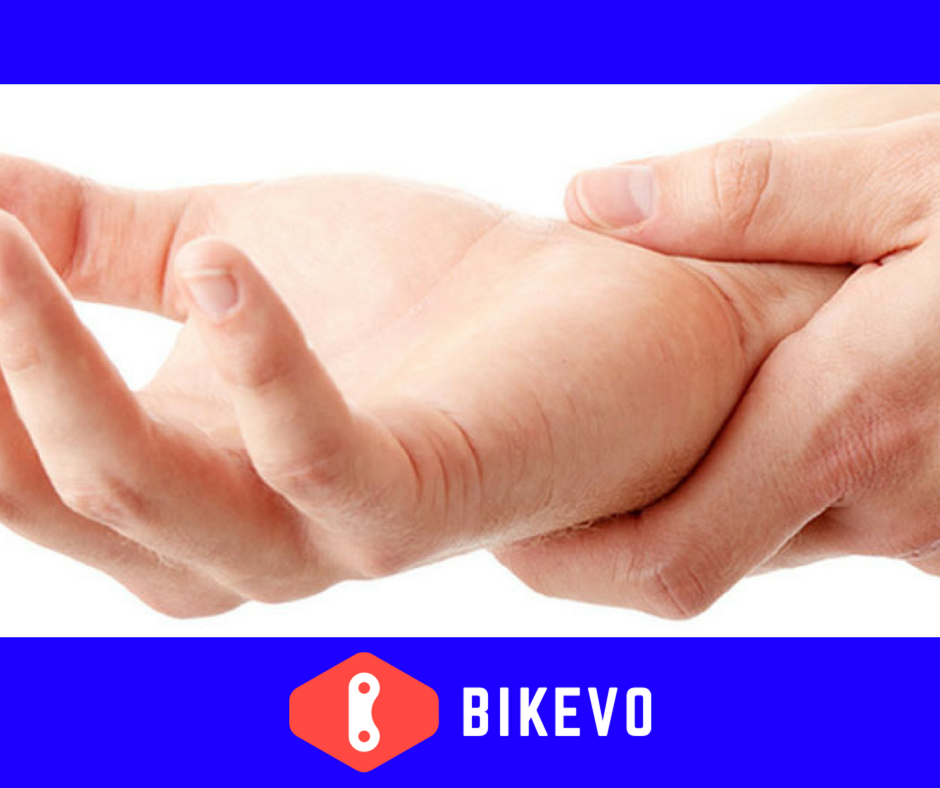In this article, we suggest some simple strategies to avoid running into the most common neuralgias that can affect cyclists.
In the previous articles, we discussed how common some painful pathologies, which are caused by the entrapment of nerves, are among cyclists. Guyon’s canal syndrome, the entrapment of the median nerve at the wrist, Morton’s neuroma and the compression of the pudendal nerve are certainly the most prevalent neuropathies to be found among those who love cycling.
Small and simple strategies, however, can be implemented to prevent injury or to speed up the healing process.
This is how we can avoid injury!
To prevent neuropathies of the wrist, it is essential to wear a pair of well-padded gloves and to pay attention to their wear. Gloves are as important for cyclists as shoes are for runners and you must learn to replace them when they are worn out. It is also important to learn how to hold the handlebars in a correct way, so that you reduce the risk of traumas of the wrist. Slightly changing the position of the hands on the handlebars allows you to vary the distribution of your weight and helps discharge a good part of the bodyweight through your arms. By varying their position, you can avoid possible numbness of the hands and inflammation of the nerves.
Let’s not forget the feet: it is important to pay attention to the choice of footwear. The choice of shoes must be well-considered and in any case, must respect the anatomy of the foot. It is best to avoid tightening the laces at the forefoot. Cyclist's shoes can also wear out. Do not hesitate to replace a pair of worn-out shoes. This will help in preventing any annoying problems.
To prevent pudendal nerve neuropathy, you should opt for good-quality cycling pants with proper anatomical seat padding. The choice of the saddle is of course decisive. But although it is true that you can make a good start by getting a high-quality saddle, the saddle should also fit your anatomical characteristics. In case of acute symptoms, slightly lowering the tip of the saddle can reduce stress on the perineum and as such, provide pain relief.
Once an injury occurs, rest is certainly the main treatment to consider. In the most difficult cases, in addition to physiotherapy, which can be easily applied to the wrist and foot, and locally applied anti-inflammatory medicines, surgical intervention may be necessary to solve chronical or mechanically compromised situations.

Sergio Migliorini
You might also be interested in



